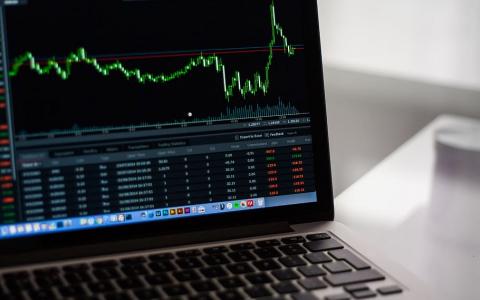
(Kristina Hooper, Chief Global Market Strategist, Invesco) Inflation proved to be a significant issue in 2021. The re-opening of economies resulted in higher spending levels, driven by pent-up demand and elevated household savings. Continued waves of COVID-19 caused supply chain disruptions, exacerbating inflationary problems. However, for the most part, markets seemed to look through this.
Top 10 predictions for 2022
Here are 10 developments I expect to see in the year ahead:
- The Omicron variant will be a negative force in the short run, exacerbating supply chain disruptions and aggravating inflation. Within a few months, however, Omicron is likely to be a positive force if it remains as mild as we have seen thus far. Because it is highly contagious, it appears to be crowding out the more dangerous Delta variant. While I am certainly no epidemiologist, it seems likely to rapidly move through countries, serving as a “de facto” immunizer (far faster than any vaccination program), which could mean the end of the pandemic by the end of the first half of 2022.
- I expect emerging markets stocks to have a very bumpy start to 2022, given the spread of the Omicron variant. However, I believe that for the full year, emerging markets equities are likely to outperform developed market equities, including US equities. I expect emerging markets growth to accelerate while US and European economic growth decelerates to more normal levels. Unlike 2021, Chinese equities are likely to help drive EM equities higher in 2022, helped by a re-acceleration of China’s economic growth, thanks to monetary and fiscal stimulus.
- I expect at least one significant geopolitical crisis in 2022 (Russia invading Ukraine is at the top of the list of possibilities), but believe that markets will shrug it off within days after it occurs. In recent years, only trade woes have had a lengthier impact on markets, and even then it has been relatively short-term in nature.
- There is likely to be a US stock market correction in the first half of 2022, but I expect a relatively swift recovery. It’s been so long since we have had a sizeable correction that the odds of one have grown — and increasing the odds is the fact that the Federal Reserve is starting to normalize monetary policy in the first half of 2022 and may start to hike rates.
- Global stock and bond market volatility should increase as the Fed begins to normalize monetary policy. But I believe the Fed has the potential to positively surprise with less tightening than markets currently expect.
- I do not believe that the Fed will hike rates in March. It’s just too soon, especially given the spread of the Omicron variant. However, the Fed seems eager to start reducing its balance sheet.
- I expect cyclical stocks to outperform defensive and secular growth stocks in the US early in 2022 in anticipation of a post-Omicron recovery, but that for the full year, growth will outperform.
- US inflation is likely to rise further, especially given the spread of the Omicron variant and its potential impact on supply chains and labor, but it should peak by mid-2022 and then slowly decelerate.
- The 10-year US Treasury yield will end 2022 higher than it is now, in my view, as the Fed begins to normalize monetary policy.
- Finally, I expect to see even more interest in environmental, social, and governance (ESG) investing in 2022, driven in part by a dramatic acceleration in electric vehicle adoption in the US, Europe, and China.
Investment resolutions for the new year
Here are four investment resolutions to consider for 2022:
- Let your investment policy statement be your North Star. For some, that means actually creating an investment policy statement. For others, it may mean revisiting it at the start of the year to ensure it still reflects their goals and current needs. (For example, a college may need to revise the annual amount it takes from its endowment for spending from 4% to 5% to reflect increased student financial aid needs.) Either way, the key is to do it in a “vacuum” rather than in response to a market event. That helps take the emotion out of decision-making. After all, some of the investors who were most negatively impacted by the Global Financial Crisis and the pandemic were those who got out of markets when stocks started falling, only to miss out on substantial rebounds. Investment policy statements help investors, both institutional and individual, stay the course and keep focused on long-term goals.
- Be well diversified. For many investors, it’s not enough to just have exposure to stocks and bonds — that leaves out the potential benefits of alternatives. And within all three major asset classes, it’s important to be well diversified. For example, within both equities and fixed income, many investors are under-exposed to emerging markets and may benefit from increased exposure.
- Rebalance your portfolio. Make sure you rebalance your portfolio at least once a year. That enables you to take profits and ensure you are within the parameters of your investment policy statement.
- Keep some cash on the sidelines. This gives you “dry powder” to deploy during substantial stock market drops. You may want to dollar cost average in the case of a stock market correction, although recent drops have been very short-lived so there may not be a lot of time to deploy a dollar cost averaging strategy.



